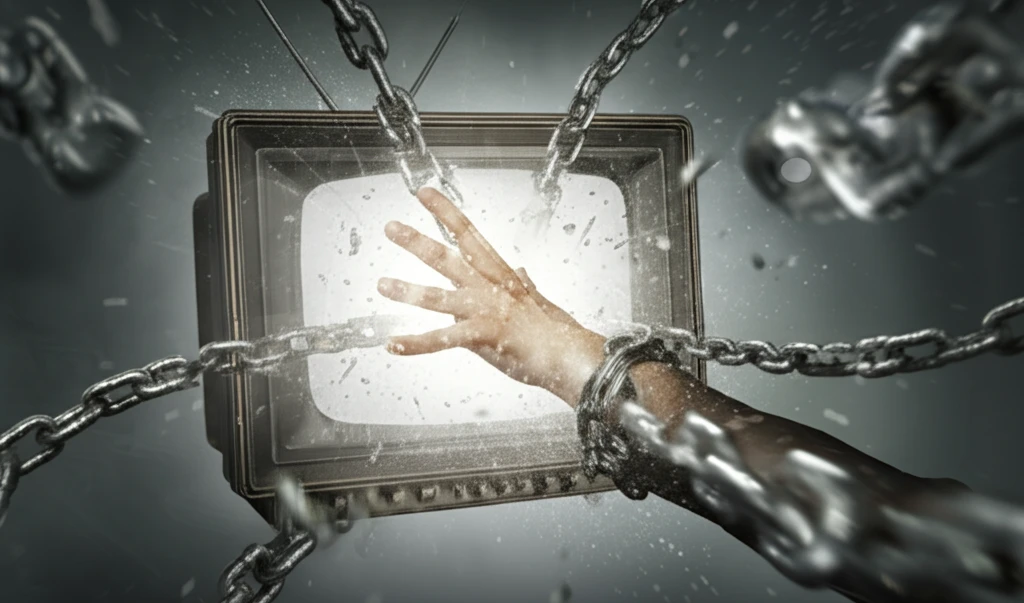
Unmasking Modern Myths: How Media Shapes the Human Trafficking Narrative
"Explore the Disconnect Between Sensational Headlines and the Complex Realities of Human Trafficking in the Digital Age"
In the era of instant information, our understanding of complex issues like human trafficking is increasingly shaped by media narratives. Sensational headlines and emotive imagery often dominate the discourse, painting a stark picture of victims and villains. But how accurately do these portrayals reflect the reality of human trafficking?
This article critically examines how media representations, particularly those amplified by government and non-governmental organizations (NGOs), construct our understanding of human trafficking. By dissecting the common themes and tropes employed, we uncover the potential for these narratives to both inform and misguide public opinion, influence policy, and ultimately, impact the lives of those affected.
We'll delve into the power of language, the impact of visual storytelling, and the often-unintended consequences of even well-meaning campaigns. Join us as we navigate the complexities of this critical issue, separating fact from fiction and exploring more nuanced and effective approaches to combating human trafficking.
The Seductive Power of the 'Modern-Day Slavery' Trope

One of the most potent and pervasive media tropes is framing human trafficking as "modern-day slavery." This phrase evokes powerful emotions and connects the issue to a dark chapter in history. However, it can also oversimplify the complex realities of exploitation and obscure the unique factors that drive human trafficking in the 21st century.
- It can overshadow the complex web of economic factors, social inequalities, and political instability that make individuals vulnerable to exploitation.
- The focus on sensational stories of "rescue" can overshadow the need for long-term support and empowerment of survivors.
- The idea can simplify what is actually occurring, and thus be less effective than tailored solutions.
Beyond Sensationalism: Towards a More Nuanced Understanding
Combating human trafficking effectively requires moving beyond simplistic narratives and engaging with the issue's complex realities. By critically examining media representations, challenging dominant tropes, and prioritizing the voices of survivors, we can foster a more nuanced understanding of this global problem. This, in turn, can lead to more effective policies, prevention strategies, and support systems that truly protect vulnerable individuals and promote justice.
